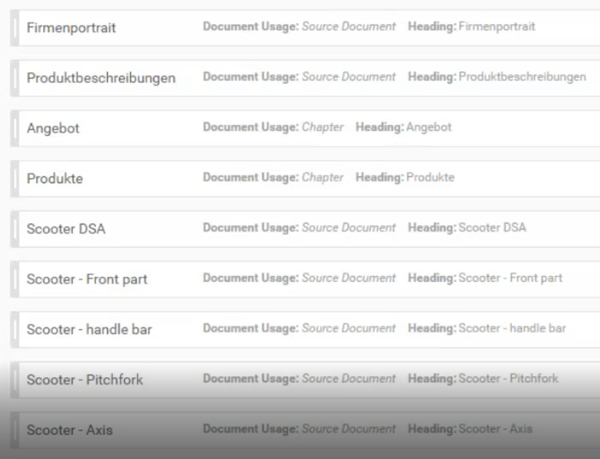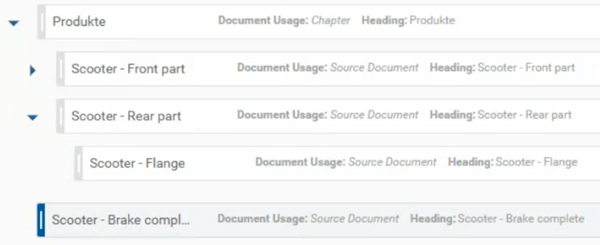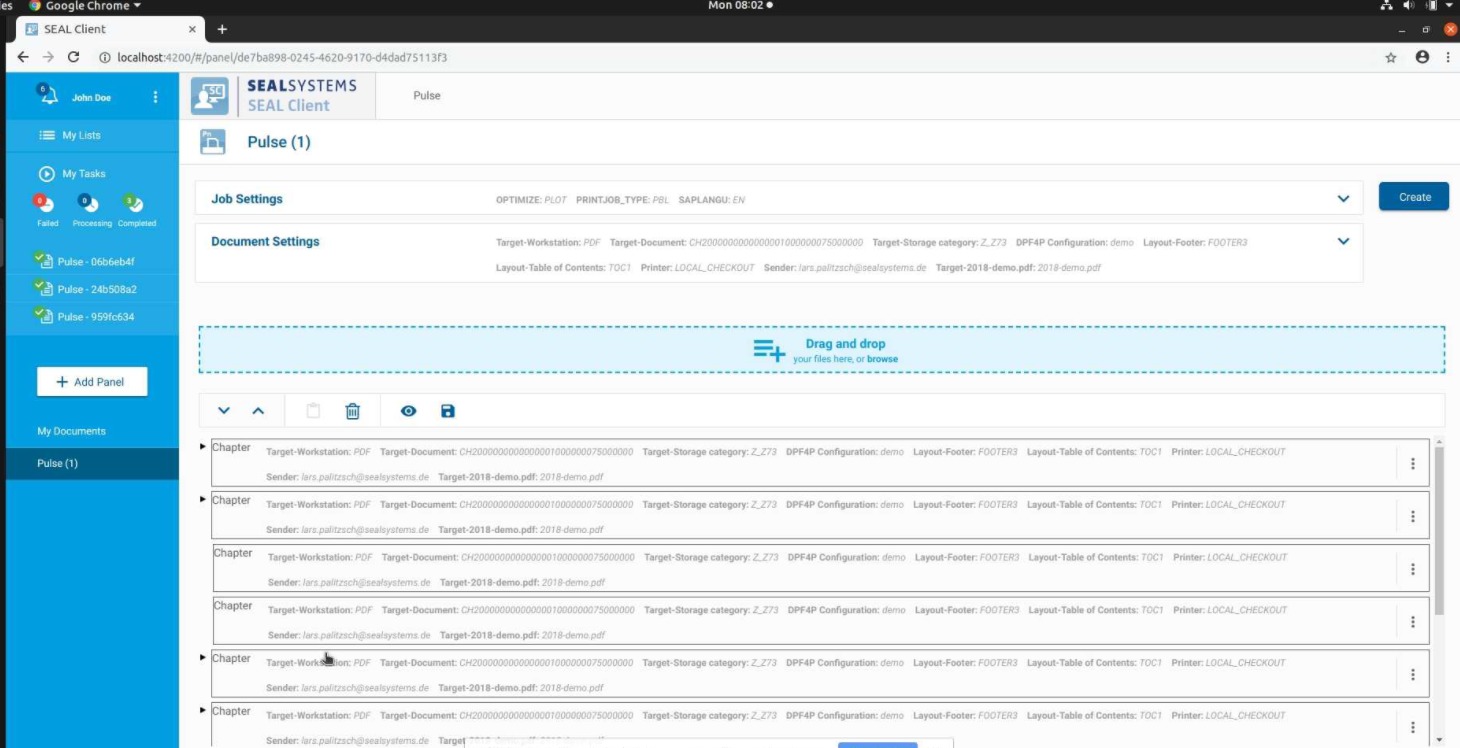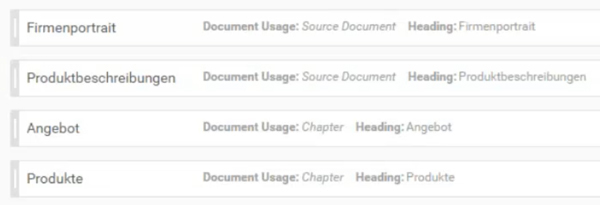In this Article
PULSE – The Essential Link between Document Management System (DMS) and Direct Publishing (DP) from SEAL Systems
We constantly come across with customer requirements that we can solve perfectly with our Direct Publishing System. All data and files required for the creation of documentation are available in the Document Management System (DMS) or Enterprise Content Management System (ECM). They are structured and stored in a very elaborated way. But the documentation you are aiming for should have a completely different structure. Our Publishing Structure Editor PULSE was developed for use cases like these.
On the one hand there are bills of material for design, production or delivery. On the other hand, an arrangement by chapter and subchapters is required. Often this does not fit together.
So what can you do? How do you nevertheless arrive at a largely automated process that uses the documents, data and structures that already exist in order to generate customer documentation directly?
The solution is an interactive intermediate step: Users in the documentation department restructure the information from the source system so that it is already sorted into the planned chapters. The idea of the PULSE process is born.
SAP already has an enhancement for the Document Distribution Director (DDD) to restructure the results list from our collection transactions so that the documentation can be created directly from it. Until now, this procedure could not be used for other DMS.
Our new web framework, on which by the way a lot of new clients for the proven SEAL Systems applications are based, now also provides the basis for the new PULSE.
How Does the Publishing Structure Editor Work?
PULSE first receives a result list from your DMS. We show you how this result list must be formatted in order to continue working seamlessly with it. On the one hand, it should list all files that are to appear in the final documentation. In addition, the documentation structure is required. Ideally, your structure in assemblies and subassemblies can form the pattern of how the individual files are to be divided into chapters and subchapters. If not, then this is exactly the task of the PULSE.
Ready-made templates can support you in this. Furthermore, it is important that the files have meaningful names so that we can create an attractive table of contents. Names for chapters are also necessary, of course. Data about your customer and the project complete the information. This results in attractive cover pages.

But how do you hand over the actual files? Not at first. PULSE works only on a metadata basis. Either you place the files on our server or we pick them up later directly from your DMS.
In the PULSE itself, you can create chapters and arrange files in chapters or subchapters. This is done simply by Drag & Drop.

Standard documents can be imported from the local hard disk.

To ensure that the work of structuring does not have to start again and again, templates are available that contain predefined chapters, layouts and settings.


Now you have modified the results list in the PULSE so that the information found (file references, structures, data) corresponds to the information you want to find in the customer documentation. Now this last step – the actual creation of the documentation – still has to be done. This is precisely the task of our Direct Publishing System. It first retrieves your files and other information from your DMS. Then you get your wishes fulfilled. When the document order is transferred from the PULSE to Direct Publishing, there are a few things you may wish for: Paper or PDF? Ordinary PDF or PDF for archiving? With bookmarks? All files in one or all separately? You can set this and much more according to your needs.

The result of an interactive structuring can also be saved and later refined or it can serve as a basis for the creation of a similar documentation.
Contact us
Fill out the form below to receive more information or let us know what we can do for you.
Discover all Articles of the Series “Documentation Creation with SEAL Systems:
- Part 1: Simple documentation creation from SAP with standardized templates
- Part 2: Individual documentation creation from SAP
- Part 3: Documentation creation: Find and collect documents in SAP
- Part 4: Where does the documentation layout come from?
- You read part 5: Documentation creation with the PUbLishing Structure Editor | PULSE